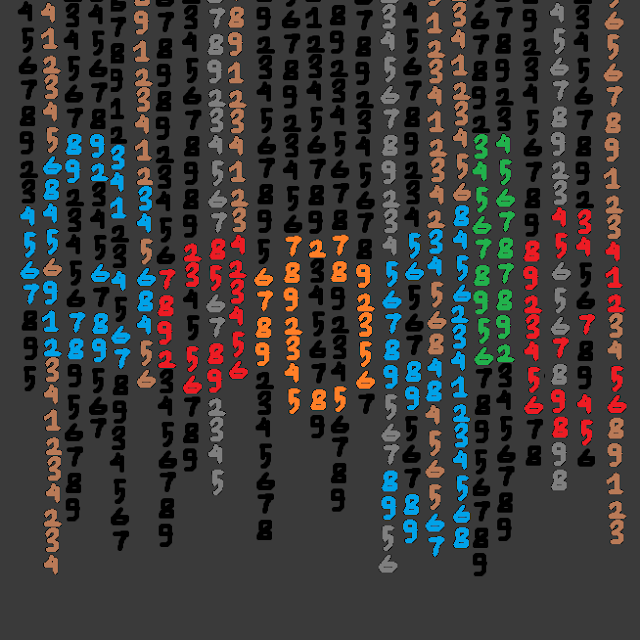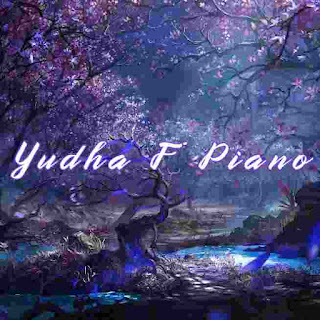Exploring VGM Piano - A Beginner’s Guide - Blog No. 90
You remember it, don’t you? That moment when you first heard the peaceful melody of the Animal Crossing theme, the suspenseful battle music in Final Fantasy, or the nostalgic overworld theme from The Legend of Zelda. Video game music—or VGM—has a way of planting itself deep in our hearts, as much a part of the game experience as the story or gameplay.
Now imagine sitting at your piano and playing those themes yourself. Not just following a sheet note-for-note, but understanding the chords, voicing the emotion, and maybe even improvising your own twist.
Welcome to the world of VGM piano.
This beginner’s guide to VGM piano will help you explore video game music with the heart of a pianist and the ear of a fan. Whether you’ve just started playing or you’ve dabbled with classical or pop, this journey into game soundtracks will open up a whole new musical adventure.
Related
Table of Contents
-
What is VGM Piano?
-
Why Learn Video Game Music on Piano?
-
The Unique Language of Game Soundtracks
-
Beginner Skills You’ll Need
-
Picking Your First VGM Pieces
-
Understanding VGM Chords and Structure
-
Sheet Music vs. Playing by Ear
-
Arranging Your Own VGM Covers
-
Tools and Resources for Learning
-
Closing Thoughts: From Player to Performer
1. What is VGM Piano?
VGM stands for Video Game Music, and VGM piano is the art of performing or arranging that music for the piano. It blends game nostalgia, emotional storytelling, and musical technique. From 8-bit classics to cinematic orchestral themes, VGM piano turns interactive soundtracks into personal performance experiences.
It’s a genre that spans styles:
-
Chiptunes from retro games like Mega Man and Pokémon
-
Orchestral scores from Final Fantasy, Halo, or The Last of Us
-
Jazz/fusion pieces from games like Persona 5 or Streets of Rage
-
Ambient and lo-fi vibes in titles like Minecraft or Undertale
What makes VGM piano special is that it's emotional. It's the music of memory, of story, of play—and now, of performance.
2. Why Learn Video Game Music on Piano?
For beginners, VGM is one of the most rewarding and enjoyable genres to play on the piano.
Here’s why:
-
Instant Connection: You already love the music—you’ve heard it in epic boss fights and relaxing village strolls.
-
Accessible Range: Many VGM pieces are written with simplicity in mind, especially for handheld and early console games.
-
Variety of Styles: You’ll be exposed to pop, classical, jazz, ambient, and experimental—all in one genre.
-
Motivation: It’s easier to stay motivated when you’re practicing Zelda’s Lullaby than an unfamiliar étude.
Whether you’re a gamer, a musician, or both, VGM piano brings two passions together seamlessly.
3. The Unique Language of Game Soundtracks
Video game music is composed with gameplay in mind, not just performance. That means:
-
Loops: VGM often repeats, which teaches you how to handle repetition creatively.
-
Dynamic Emotion: Tracks shift with story beats, so they teach you mood and contrast.
-
Compact Melodies: Composers like Koji Kondo (Mario, Zelda) are masters of memorable, playable melodies.
As a pianist, studying VGM sharpens your ability to understand musical storytelling. Every melody tells part of a bigger journey—and now you’re playing that journey yourself.
4. Beginner Skills You’ll Need
Don’t worry—you don’t need to be a piano prodigy to start playing VGM. But a few basic skills will help you get the most out of your journey:
-
Basic music reading: Know how to read notes on the staff and rhythm values.
-
Understanding chords: Start with major and minor triads and learn how they function.
-
Left-hand patterns: Even a simple alberti bass or broken chord pattern can sound magical.
-
Playing by ear (optional): Many VGM pianists eventually develop this skill to improvise or transcribe.
If you're just starting from scratch, even a few weeks of basic piano lessons or tutorials can prepare you to dive into simple VGM arrangements.
5. Picking Your First VGM Pieces
So where do you start? Choose songs you love, but don’t pick the hardest boss theme from Final Fantasy XV right away. Here are some beginner-friendly VGM pieces that sound amazing on piano:
-
“Zelda’s Lullaby” – The Legend of Zelda: Ocarina of Time
-
“To Zanarkand” – Final Fantasy X
-
“Still Alive” – Portal
-
“Aquatic Ambiance” – Donkey Kong Country
-
“Megalovania” – Undertale (simplified version)
-
“Main Theme” – Animal Crossing: New Horizons
-
“Stickerbrush Symphony” – Donkey Kong Country 2
Pro tip: search YouTube or music sites like Musescore and MusicNotes for "easy" or "beginner" VGM piano arrangements to avoid frustration.
6. Understanding VGM Chords and Structure
Video game composers use clever chord progressions to convey mood. Once you understand basic harmony, VGM becomes a goldmine of inspiration.
Some tips:
-
Explore modal harmony: Games like Chrono Trigger often use Dorian or Lydian modes.
-
Learn jazz extensions: Persona 5 and Streets of Rage rely on 7th, 9th, and 13th chords.
-
Recognize motifs: VGM often uses short, repeated themes across the game, which you can identify and reuse in your playing.
As you progress, analyze the chord structure of your favorite pieces to better understand how game music creates emotion and movement.
7. Sheet Music vs. Playing by Ear
You have two primary ways to learn VGM piano:
📄 Sheet Music
-
Pros: Precise, accessible, structured.
-
Cons: Can be rigid and intimidating for complete beginners.
Look for simplified arrangements or beginner books. Great sites include:
🎧 Playing by Ear
-
Pros: Develops listening skills, creative freedom.
-
Cons: Takes time and patience to develop.
Start with melodies you already know well and try to find them on the keyboard. You can even sing them first, then play.
Both methods are valuable. A balanced approach lets you both play and understand the music.
8. Arranging Your Own VGM Covers
Once you’re comfortable with a few pieces, it’s time to get creative.
Creating your own piano arrangements can be as simple or complex as you like. Here’s a basic step-by-step:
-
Start with the melody – Play it in the right hand.
-
Add chords – Use simple triads or broken chords in the left hand.
-
Introduce rhythm – Add syncopation or vary the timing.
-
Change the key or mood – Make a battle theme sound like a lullaby or vice versa.
-
Record or write it down – Save your arrangement for practice or sharing.
Some popular YouTubers like Kyle Landry, Yudha F Piano, and Pianobin started exactly this way—transforming VGM into something uniquely personal.
9. Tools and Resources for Learning
To support your journey into VGM piano, here are some must-have tools and resources:
🎧 Listening
-
Spotify playlists: Try “Video Game Piano” or “Relaxing VGM”
-
YouTube channels: Kyle Landry, Yudha F Piano, Smart Game Piano, and Gori Fater
-
VGMdb.net: A database of soundtracks by game and composer
📚 Learning
-
Apps: Simply Piano, Flowkey (has VGM content!)
-
Books: “The Ultimate Video Game Piano Collection” by Alfred Music
-
Online courses: Skillshare and Udemy offer beginner piano classes with pop/VGM themes
🎼 Sheet Music
-
NinSheetMusic.org (for Nintendo game themes)
-
MusicNotes.com (for official transcriptions)
-
Musescore.com (community arrangements, often free)
🎥 Inspiration
Watch live covers, behind-the-scenes composing, or game concerts like Video Games Live or Distant Worlds (Final Fantasy).
10. Closing Thoughts: From Player to Performer
At the heart of it, VGM piano is a celebration of creativity. It’s where childhood memories, virtual adventures, and musical expression meet.
You don’t need to master Rachmaninoff to move someone with a heartfelt rendition of Dearly Beloved from Kingdom Hearts. You don’t need to be perfect to share your version of Zelda’s Lullaby on YouTube or at a local recital. All you need is the love of the music—and the courage to begin.
Every great VGM pianist was once a beginner, plunking out notes to Mario’s Theme with two fingers. So dust off that keyboard, load up your favorite OST playlist, and start playing.
Because in this game, you’re not just a player—you’re the composer now.
Related
Bonus: Share Your VGM Piano Journey!
Want to stay motivated? Try this:
-
Create a VGM piano challenge: one new piece a month.
-
Post short clips to YouTube, TikTok, or Instagram.
-
Use hashtags like #vgmpiano, #pianocover, or #gamingmusic to connect with others.
-
Join online communities like Reddit's r/piano or VGM Discords.
Who knows—your love for video game music might just inspire others to press their first piano key.



Comments
Post a Comment